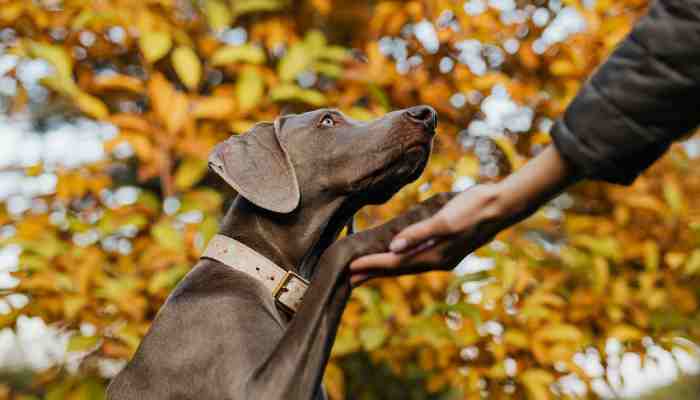Training an older dog to use a pee pad can be a bit more challenging than training a puppy, but it is definitely possible. The key is to be patient, consistent, and positive in your approach. Here are some steps you can take to help your older dog learn to use a pee pad:
1. Start by introducing your dog to the pee pad. Place it in a location that is easily accessible to your dog and show it to them. Let them sniff around and get familiar with it. It is important to pick a spot where you want your dog to use the pee pad and keep it there. Moving the pee pad around will confuse your dog and make training more difficult.
2. Encourage your pup to use the pee pad by placing a small amount of urine or a drop of their own scent on the pad. This will help them understand that this is where they are supposed to go. You can also use a dog-specific attractant spray to make the pee pad more appealing to your dog.
3. Reward your dog every time they use the pee pad. Positive reinforcement is key when training an older dog. Give them treats, praise, or even playtime as a reward. It’s important to reward your dog immediately after they use the pee pad, so they can make the connection between their actions and the reward.
4. Gradually move the pee pad closer to the door or the area where you want your dog to use it permanently. This will help your dog understand where the designated spot is. Start by moving the pee pad a few feet at a time and gradually increase the distance.
5. Be consistent with your training. This means that you should take your dog to the pee pad at the same time every day and supervise them while they are using it. It’s important to establish a routine and stick to it. Consistency will help your dog understand when it’s time to use the pee pad.
6. If your dog has an accident, don’t scold them. Instead, clean it up and take them to the pee pad immediately. This will help them understand that the pee pad is the designated spot. Dogs don’t understand punishment, and scolding them will only make them scared and confused.
7. It’s essential to keep in mind that older dogs may have some physical limitations, so it is necessary to take that into account while training. For instance, if your dog has arthritis, it might be difficult for them to walk to the pee pad. In such cases, you might need to place the pee pad closer to the dog’s bed or sleeping area.
8. Lastly, patience is key. Your older dog may take longer to learn than a puppy, but with patience and consistency, they will eventually get it. Training is a process, and it may take some time for your dog to fully understand what is expected of them. But with patience, positive reinforcement, and consistency, you will be able to successfully train your older dog to use a pee pad.
In conclusion, training an older dog to use a pee pad requires patience, consistency, and positive reinforcement. By following these steps and being patient, you will be able to successfully teach your older dog to use a pee pad. Remember to keep in mind any physical limitations your dog may have and to take them into account while training. With the right approach, you and your furry companion will be able to achieve the desired results.




